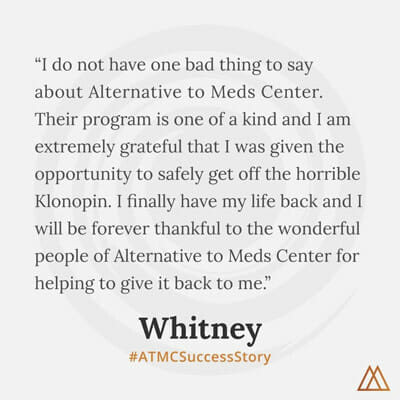1. Bradley, C “Behavior of Children Receiving Benzedrine” AM Journal of Psychiatry [Google Scholar online] 1937 issue, published April 1, 2006 [cited 2024 Mar 5]
2. Smith, M ADHD is Not an Illness and Ritalin is Not the Cure published PDF online in World Scientific [cited 2024 Mar 5]
3. CDC.gov, “Data and Statistics About ADHD.” US Dept of Health and Human Services [published online 2019 Oct 15] [cited 2023 May 17]
4. Verghese C, Abdijadid S. Methylphenidate. [Updated 2021 May 4]. In: StatPearls [Internet]. Treasure Island (FL): StatPearls Publishing; 2021 Jan-. Available from: https://www.ncbi.nlm.nih.gov/books/NBK482451/ [cited 2023 May 17]
5. FDA Drug label Ritalin/Ritalin SR (methylphenidate hydrochloride) tablets initial approval 1955] [cited 2023 May 30]
6. Leonard B, McCartan D, White J, King D, “Methylphenidate: a review of its neuropharmacological, neuropsychological, and adverse clinical effects.” Journal of Human Psychopharmacology Clinical and Experimental. [31 March 2004] [cited 2023 May 17]
7. Gideon Charach, Eli Karniel, Itamar Grosskopf, Alexander Rabinovich, Lior Charach,Methylphenidate has mild hyperglycemic and hypokalemia effects and increases leukocyte and neutrophil counts, Medicine, 10.1097/MD.0000000000020931, 99, 27, (e20931) (2020) [cited 2023 May 17]
8. Krinzinger H, Hall CL, Groom MJ, Ansari MT, Banaschewski T, Buitelaar JK, Carucci S, Coghill D, Danckaerts M, Dittmann RW, Falissard B, Garas P, Inglis SK, Kovshoff H, Kochhar P, McCarthy S, Nagy P, Neubert A, Roberts S, Sayal K, Sonuga-Barke E, Wong ICK, Xia J, Zuddas A, Hollis C, Konrad K, Liddle EB; ADDUCE Consortium. Neurological and psychiatric adverse effects of long-term methylphenidate treatment in ADHD: A map of the current evidence. Neurosci Biobehav Rev. 2019 Dec;107:945-968. doi: 10.1016/j.neubiorev.2019.09.023. Epub 2019 Sep 20. PMID: 31545988. [cited 2023 May 17]
9. Methylphenidate: growth retardation. Prescrire Int. 2011 Oct;20(120):238-9. PMID: 21970086. [cited 2023 May 17]
10. Daniali S, Madjd Z, Shahbazi A, Niknazar S, Shahbazzadeh D. Chronic Ritalin administration during adulthood increases serotonin pool in rat medial frontal cortex. Iran Biomed J. 2013;17(3):134-139. doi:10.6091/ibj.1173.2013 [cited 2023 May 17]
11. Gray JD, Punsoni M, Tabori NE, Melton JT, Fanslow V, Ward MJ, Zupan B, Menzer D, Rice J, Drake CT, Romeo RD, Brake WG, Torres-Reveron A, Milner TA. Methylphenidate administration to juvenile rats alters brain areas involved in cognition, motivated behaviors, appetite, and stress. J Neurosci. 2007 Jul 4;27(27):7196-207. doi: 10.1523/JNEUROSCI.0109-07.2007. PMID: 17611273; PMCID: PMC6794586. [cited 2023 May 17]
12. Grau-López L, Daigre C, Mercado N, Casas M, Roncero C. Dystonia in Methylphenidate Withdrawal: A Case Report. J Addict Med. 2017 Mar/Apr;11(2):154-156. doi: 10.1097/ADM.0000000000000279. PMID: 27926589. [cited 2023 May 17]
13. dos Santos Pereira M, Sathler MF, Valli Tda R, Marques RS, Ventura AL, Peccinalli NR, Fraga MC, Manhães AC, Kubrusly R. Long Withdrawal of Methylphenidate Induces a Differential Response of the Dopaminergic System and Increases Sensitivity to Cocaine in the Prefrontal Cortex of Spontaneously Hypertensive Rats. PLoS One. 2015 Oct 28;10(10):e0141249. doi: 10.1371/journal.pone.0141249. PMID: 26509840; PMCID: PMC4625026. [cited 2024 Mar 5]
14. LeFevre G, Arcona A, “ADHD among American Schoolchildren – Evidence of Overdiagnosis and Overuse of Medication” The Scientific Review of Mental Health Practice Summer 2003 Vol 2 No 1 [cited 2023 May 17]
15. Bergman J, Madras BK, Johnson SE, Spealman RD. Effects of cocaine and related drugs in nonhuman primates. III. Self-administration by squirrel monkeys. J Pharmacol Exp Ther. 1989 Oct;251(1):150-5. PMID: 2529365. [cited 2023 May 17]
16. Ahmann PA, Waltonen SJ, Olson KA, Theye FW, Van Erem AJ, LaPlant RJ. Placebo-controlled evaluation of Ritalin side effects. Pediatrics. 1993 Jun;91(6):1101-6. PMID: 8502509. [cited 2023 May 17]
17. Baweja R, Hale DE, Waxmonsky JG. Impact of CNS Stimulants for Attention-Deficit/Hyperactivity Disorder on Growth: Epidemiology and Approaches to Management in Children and Adolescents. CNS Drugs. 2021 Aug;35(8):839-859. doi: 10.1007/s40263-021-00841-w. Epub 2021 Jul 23. PMID: 34297331. [cited 2023 May 17]
18. Newcorn JH, Nagy P, Childress AC, Frick G, Yan B, Pliszka S. Randomized, Double-Blind, Placebo-Controlled Acute Comparator Trials of Lisdexamfetamine and Extended-Release Methylphenidate in Adolescents With Attention-Deficit/Hyperactivity Disorder. CNS Drugs. 2017 Nov;31(11):999-1014. doi: 10.1007/s40263-017-0468-2. PMID: 28980198; PMCID: PMC5730627. [cited 2023 May 17]
19. FDA drug label “Concerta (methylphenidate HCI) extended release tablets” [approval 2000] [cited 2023 May 17]
20. FDA drug label “Quillivant XR (methylphenidate hydrochloride) approval 1955, revised 2012 [initial approval 1955] [cited 2023 May 17]
21. FDA drug label “Methylin Chewable tablets” approval 12/2013 [cited 2023 May 17]
22. Jacob L, Dauvilliers Y. La narcolepsie avec cataplexie : une maladie auto-immune ? [Narcolepsy with cataplexy: an autoimmune disease?]. Med Sci (Paris). 2014 Dec;30(12):1136-43. French. doi: 10.1051/medsci/20143012017. Epub 2014 Dec 24. PMID: 25537044. [cited 2023 May 17}
23. Birgitte Rahbek Kornum & Poul Jennum (2020) The case for narcolepsy as an autoimmune disease, Expert Review of Clinical Immunology, 16:3, 231-233, DOI: 10.1080/1744666X.2020.1719832 [cited 2023 May 17]
24. Sarkanen T, Alakuijala A, Julkunen I, Partinen M. Narcolepsy Associated with Pandemrix Vaccine. Curr Neurol Neurosci Rep. 2018 Jun 1;18(7):43. doi: 10.1007/s11910-018-0851-5. PMID: 29855798. [cited 2022 May 17}
25. Mahlios J, De la Herrán-Arita AK, Mignot E. The autoimmune basis of narcolepsy. Curr Opin Neurobiol. 2013 Oct;23(5):767-73. doi: 10.1016/j.conb.2013.04.013. Epub 2013 May 29. PMID: 23725858; PMCID: PMC3848424. [cited 2022 May 17}
26. Carlander B, Puech-Cathala AM, Jaussent I, Scholz S, Bayard S, Cochen V, Dauvilliers Y. Low vitamin D in narcolepsy with cataplexy. PLoS One. 2011;6(5):e20433. doi: 10.1371/journal.pone.0020433. Epub 2011 May 25. PMID: 21633708; PMCID: PMC3102118. [cited 2022 May 17]
27. Sarkanen TO, Alakuijala APE, Dauvilliers YA, Partinen MM. Incidence of narcolepsy after H1N1 influenza and vaccinations: Systematic review and meta-analysis. Sleep Med Rev. 2018 Apr;38:177-186. doi: 10.1016/j.smrv.2017.06.006. Epub 2017 Jun 20. PMID: 28847694. [cited 2022 May 17]
28. FDA label Metadate CD extended release capsules 2014 [cited 2022 May 17]
29. Epstein JN, Loren RE. Changes in the Definition of ADHD in DSM-5: Subtle but Important. Neuropsychiatry (London). 2013;3(5):455-458. doi:10.2217/npy.13.59 [cited 2022 May 17]
30. Verghese C, Abdijadid S. Methylphenidate. [Updated 2023 Jan 2]. In: StatPearls [Internet]. Treasure Island (FL): StatPearls Publishing; 2023 Jan-. Available from: https://www.ncbi.nlm.nih.gov/books/NBK482451/ [cited 2023 May 30]
31. Benard V, Cottencin O, Guardia D, Vaiva G, Rolland B. The impact of discontinuing methylphenidate on weight and eating behavior. Int J Eat Disord. 2015 Apr;48(3):345-8. doi: 10.1002/eat.22301. Epub 2014 May 22. PMID: 24849706. [cited 2024 Mar 5]
32. Lee Y, Kong N, Koo S, Bai DS, Kim HJ, Jeong H, Seo WS. A 24-Month Effects of Methylphenidate Use on Growth in Children and Adolescents With Attention Deficit Hyperactivity Disorder. Psychiatry Investig. 2022 Mar;19(3):213-219. doi: 10.30773/pi.2021.0309. Epub 2022 Feb 25. PMID: 35196830; PMCID: PMC8958206.[cited 2024 Mar 5]
33. Safer DJ, Allen RP, Barr E. Growth rebound after termination of stimulant drugs. J Pediatr. 1975 Jan;86(1):113-6. doi: 10.1016/s0022-3476(75)80720-7. PMID: 1110433.[cited 2024 Mar 5]
34. Sibley, M. H., Faraone, S. V., Nigg, J. T., & Surman, C. B. H. (2023). Sudden Increases in U.S. Stimulant Prescribing: Alarming or Not? Journal of Attention Disorders, 27(6), 571-574. [cited 2024 Mar 5]
35. Sismondo S. Epistemic Corruption, the Pharmaceutical Industry, and the Body of Medical Science. Front Res Metr Anal. 2021 Mar 8;6:614013. doi: 10.3389/frma.2021.614013. PMID: 33870067; PMCID: PMC8028448. [cited 2024 June 21]
36. Cascade E, Kalali AH, Weisler RH. Short-acting versus Long-acting Medications for the Treatment of ADHD. Psychiatry (Edgmont). 2008 Aug;5(8):24-7. PMID: 19727272; PMCID: PMC2695738. [cited 2024 June 21]
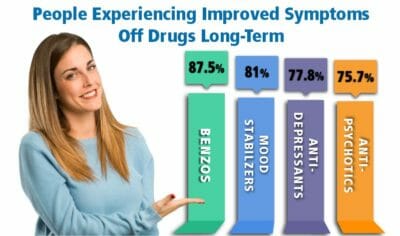
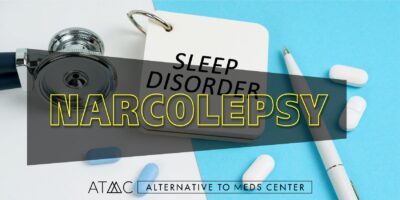 Experimental Stimulants had been used on children with behavioral problems since the late 1800s — with Ritalin and similar drugs, the practice continues today but has become a mainstay of the medical/pharma industry.. The ADHD label targeted children in the beginning, but now also includes adults who are diagnosed with “adult ADHD”.
Experimental Stimulants had been used on children with behavioral problems since the late 1800s — with Ritalin and similar drugs, the practice continues today but has become a mainstay of the medical/pharma industry.. The ADHD label targeted children in the beginning, but now also includes adults who are diagnosed with “adult ADHD”.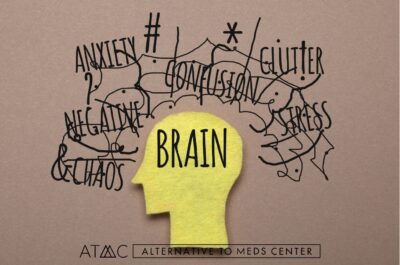 As time went on, more psychiatrists repeated similar experiments using a wave of copycat stimulant drugs such as Ritalin, Adderall®, Concerta®, Vyvanse®, SNRIs like Strattera®, and many others.
As time went on, more psychiatrists repeated similar experiments using a wave of copycat stimulant drugs such as Ritalin, Adderall®, Concerta®, Vyvanse®, SNRIs like Strattera®, and many others.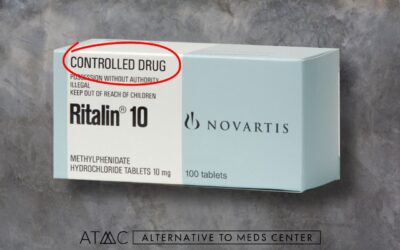 According to drug regulators as well as researchers, the side effects of Ritalin include sudden death, heart attack, stroke, suicide, and many others. And yes, these happen even to children as well as to adults.4,5,19,20
According to drug regulators as well as researchers, the side effects of Ritalin include sudden death, heart attack, stroke, suicide, and many others. And yes, these happen even to children as well as to adults.4,5,19,20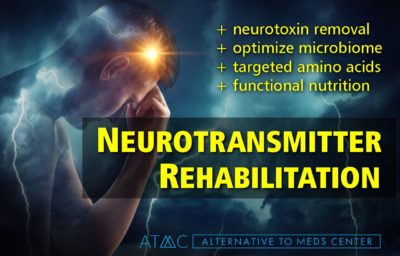 At Alternative to Meds,
At Alternative to Meds, 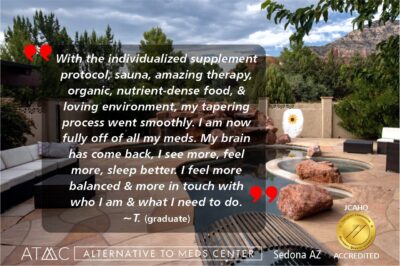 Alternative to Meds Center medical and program staff design a client-specific program to assist with the gradual reduction of medication. Ritalin and all CNS stimulant drugs are prone to addiction and dependence, and their withdrawal may induce crippling symptoms. Rather than attempt to suppress withdrawal or other symptoms, alternative therapies are used extensively, in conjunction with constant and careful medical oversight. These steps in the program enable smooth and comfortable withdrawal.
Alternative to Meds Center medical and program staff design a client-specific program to assist with the gradual reduction of medication. Ritalin and all CNS stimulant drugs are prone to addiction and dependence, and their withdrawal may induce crippling symptoms. Rather than attempt to suppress withdrawal or other symptoms, alternative therapies are used extensively, in conjunction with constant and careful medical oversight. These steps in the program enable smooth and comfortable withdrawal.






